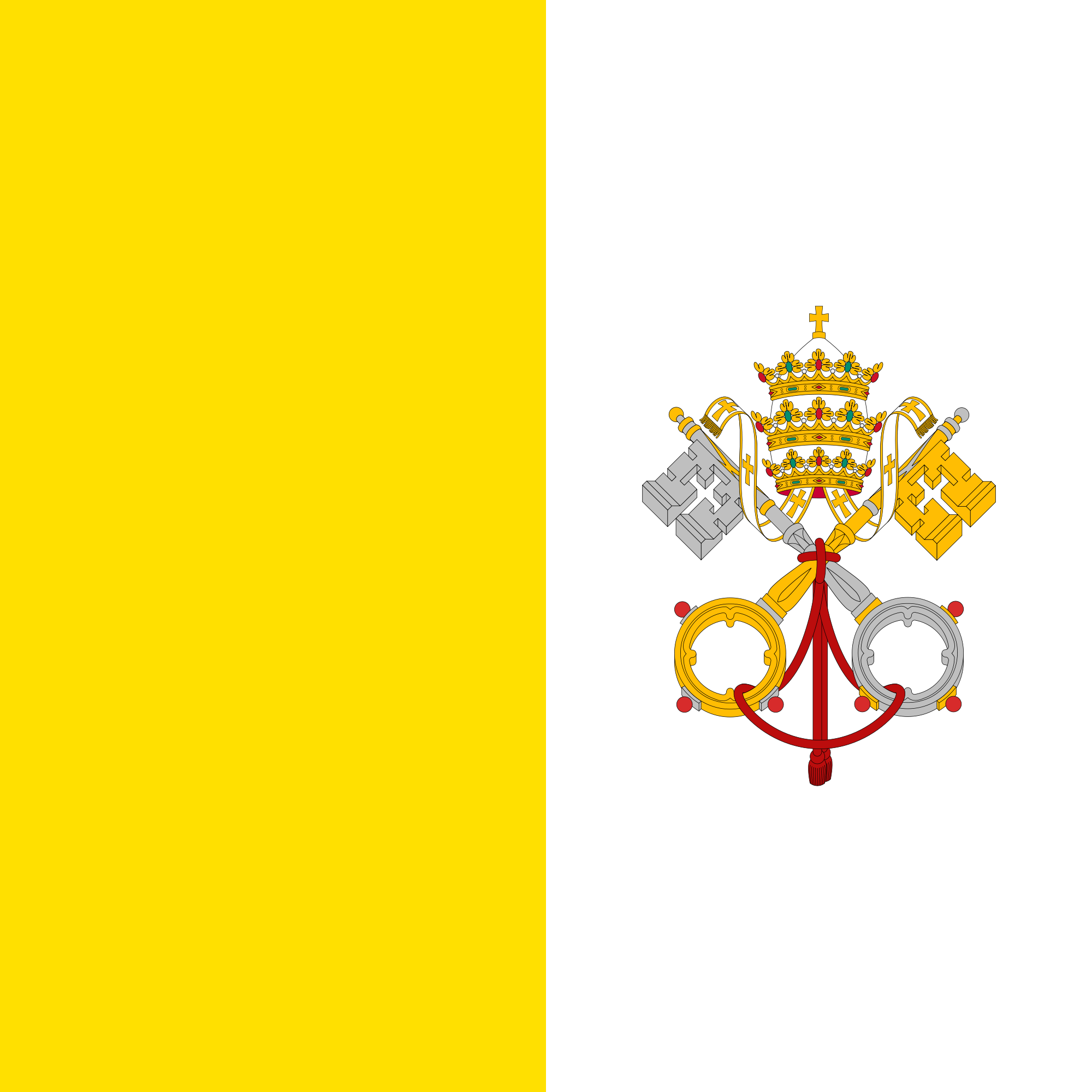Vatican City
|
|

Basic Info
Vatican City, or Vatican City State, in Italian officially Stato della Città del Vaticano is a landlocked sovereign city-state whose territory consists of a walled enclave within the city of Rome. It has an area of approximately 44 hectares (110 acres), and a population of just over 800. This makes Vatican City the smallest independent state in the world by both area and population.
Vatican City was established as an independent state in 1929 by the Lateran Treaty, signed by Cardinal Secretary of State Pietro Gasparri, on behalf of Pope Pius XI and by Prime Minister and Head of Government Benito Mussolini on behalf of King Victor Emmanuel III of Italy. Vatican City State is distinct from the Holy See, which dates back to early Christianity and is the main episcopal see of 1.2 billion Latin and Eastern Catholic adherents around the globe. Ordinances of Vatican City are published in Italian; official documents of the Holy See are issued mainly in Latin. The two entities have distinct passports: the Holy See, not being a country, issues only diplomatic and service passports, whereas Vatican City State issues normal passports. In each case very few passports are issued.

Geography
The Vatican climate is the same as Rome's; a temperate, Mediterranean climate with mild, rainy winters from September to mid-May and hot, dry summers from May to August. There are some local features, principally mists and dews, caused by the anomalous bulk of St Peter's Basilica, the elevation, the fountains and the size of the large paved square.
Climate
The city state has the same climate as Rome: temperate, mild, rainy winters (September to mid-May) with hot, dry summers (May to September).
Administrative divisions
Legislative functions are delegated to the unicameral Pontifical Commission for Vatican City State, led by the President of the Pontifical Commission for Vatican City State. Its seven members are cardinals appointed by the Pope for terms of five years. Acts of the commission must be approved by the pope, through the Holy See's Secretariat of State, and before taking effect must be published in a special appendix of the Acta Apostolicae Sedis. Most of the content of this appendix consists of routine executive decrees, such as approval for a new set of postage stamps. See The Map
Site Search
News
Random Articals
Weather
Join Our Newsletter
Send This Page to Friend
To Email this page to a friend
1. Use Your Default Email Client
2. Use Our Recommend Page
Online Contact
nouahsark
1438084734
+ 86 158 00 323 707
+ 86 158 00 323 707
nouahsark@hotmail.com

If you like this article please feel free to share it to your favorite site listed below: